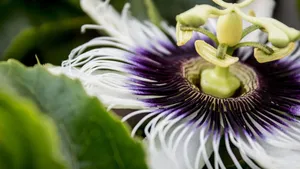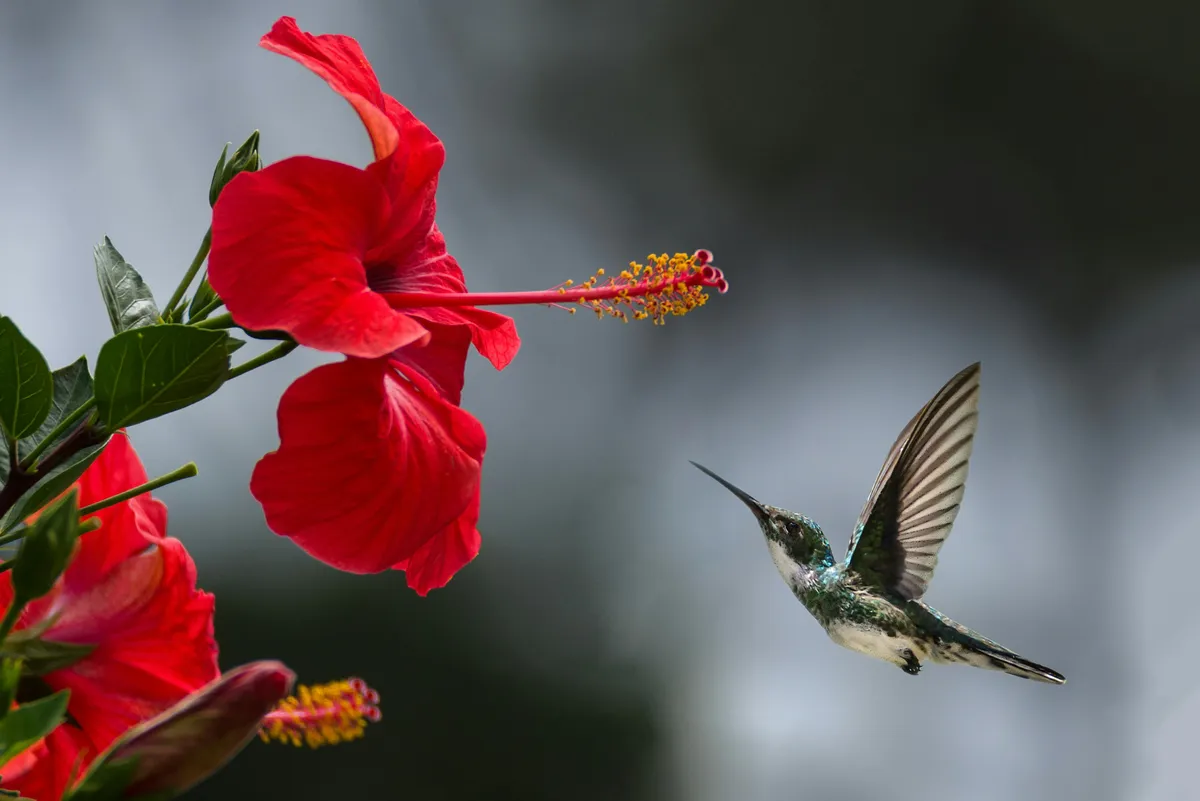
7 Surprising Facts About the Stunning Hibiscus Flower
When you picture a tropical paradise, the hibiscus flower is probably part of the scene. With its huge, vibrant petals and striking central stalk, it’s a living symbol of sunshine and warmth. You’ve seen the hibiscus flower dotting the landscapes in countless botanical gardens, adding a splash of show-stopping color from fuchsia to pastel yellow.
But there’s so much more to the hibiscus flower than just its good looks. This vibrant hibiscus flower has a rich history, a place on the dinner plate, and some fascinating secrets hidden in its biology.
Ready to look at this classic flower in a whole new way? Here are 7 surprising facts about the amazing hibiscus.
1. It’s a Huge, Global Family
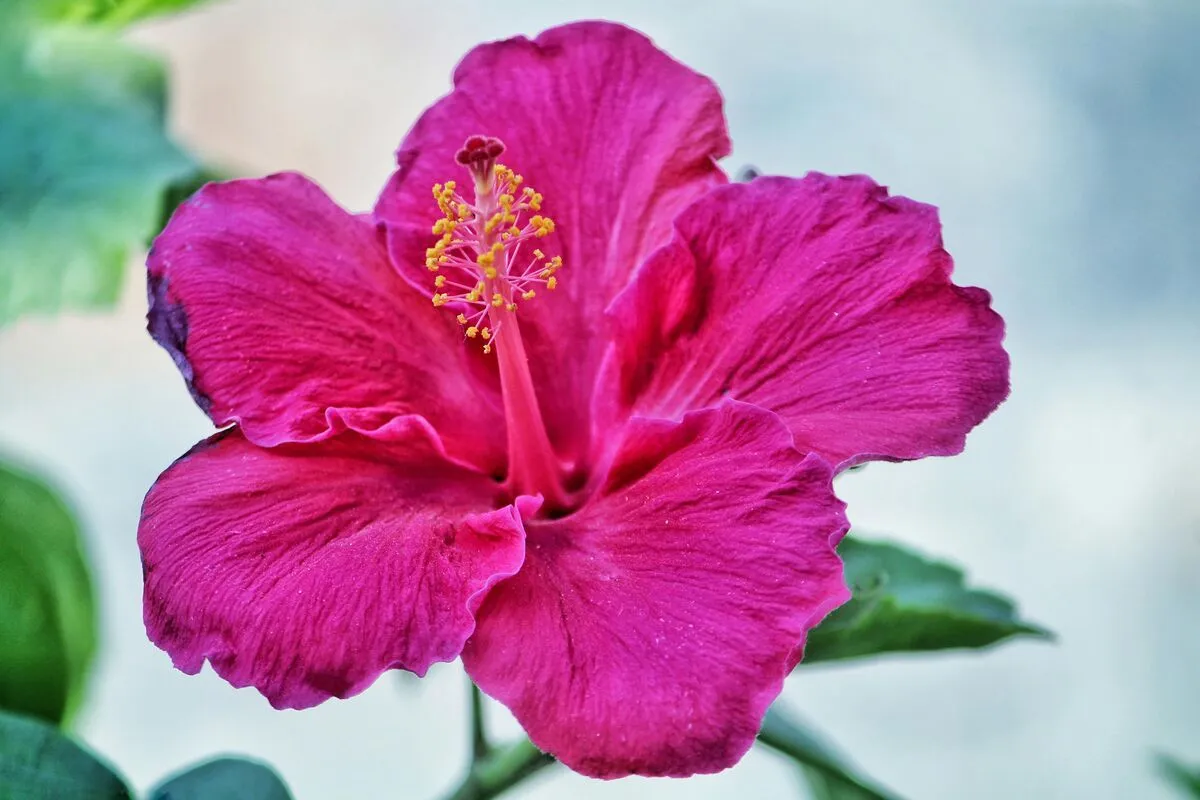
The hibiscus you see in a garden center is just one member of a massive plant genus. The Hibiscus genus, part of the Malvaceae (or mallow) family, contains hundreds of species native to tropical and subtropical regions all around the world.
While we associate them with places like Hawaii and Jamaica, their origins are spread across the globe, with a heavy concentration in Southeast Asia. The family includes everything from small annuals to large, woody shrubs and small trees that can grow up to five meters tall.
2. It’s the Official Flower of Hawaii
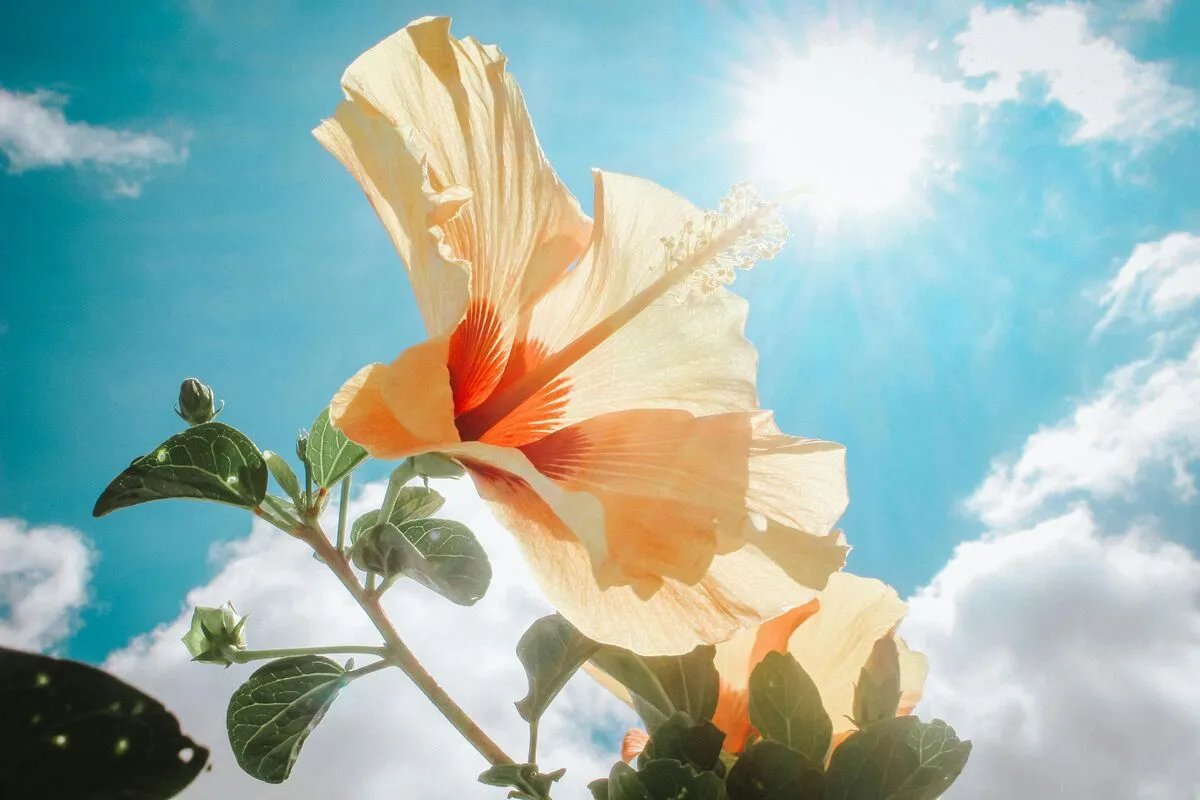
It’s no surprise that this iconic hibiscus flower is the state flower of Hawaii. Specifically, the native yellow hibiscus flower (Hibiscus brackenridgei) holds the title. While you’ll see hibiscus flowers of every color across the islands, this sunny native hibiscus flower variety is the official symbol of the Aloha State. It represents beauty, hospitality, and the vibrant spirit of the islands.
3. You Can Eat (and Drink) Some of Them!
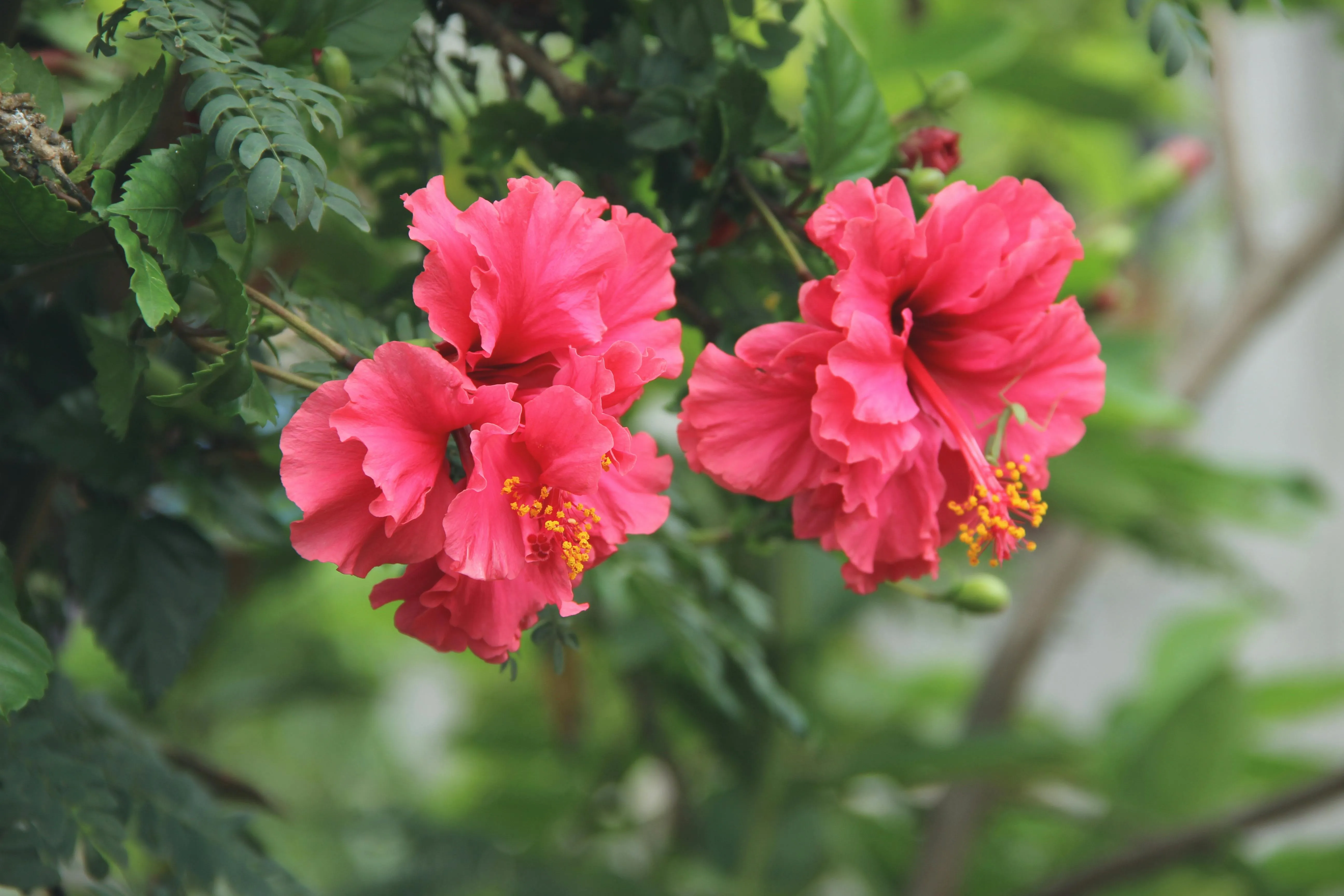
That’s right, hibiscus isn’t just for looking at. But before you take a bite out of a petal, this comes with a huge warning: not all hibiscus varieties are edible.
The most common edible type is Hibiscus sabdariffa, also known as roselle. It’s not the petals of this plant that are used, but the fleshy, red calyces (the part that protects the bud). When dried, these make the tart, ruby-red infusion known as hibiscus tea or agua de Jamaica. It’s a popular drink throughout the Caribbean and Latin America. Others, like the edible-leaf hibiscus, can be used in salads and smoothies. Always be 100% sure of the variety before consuming it.
4. It’s Packed with Health Benefits
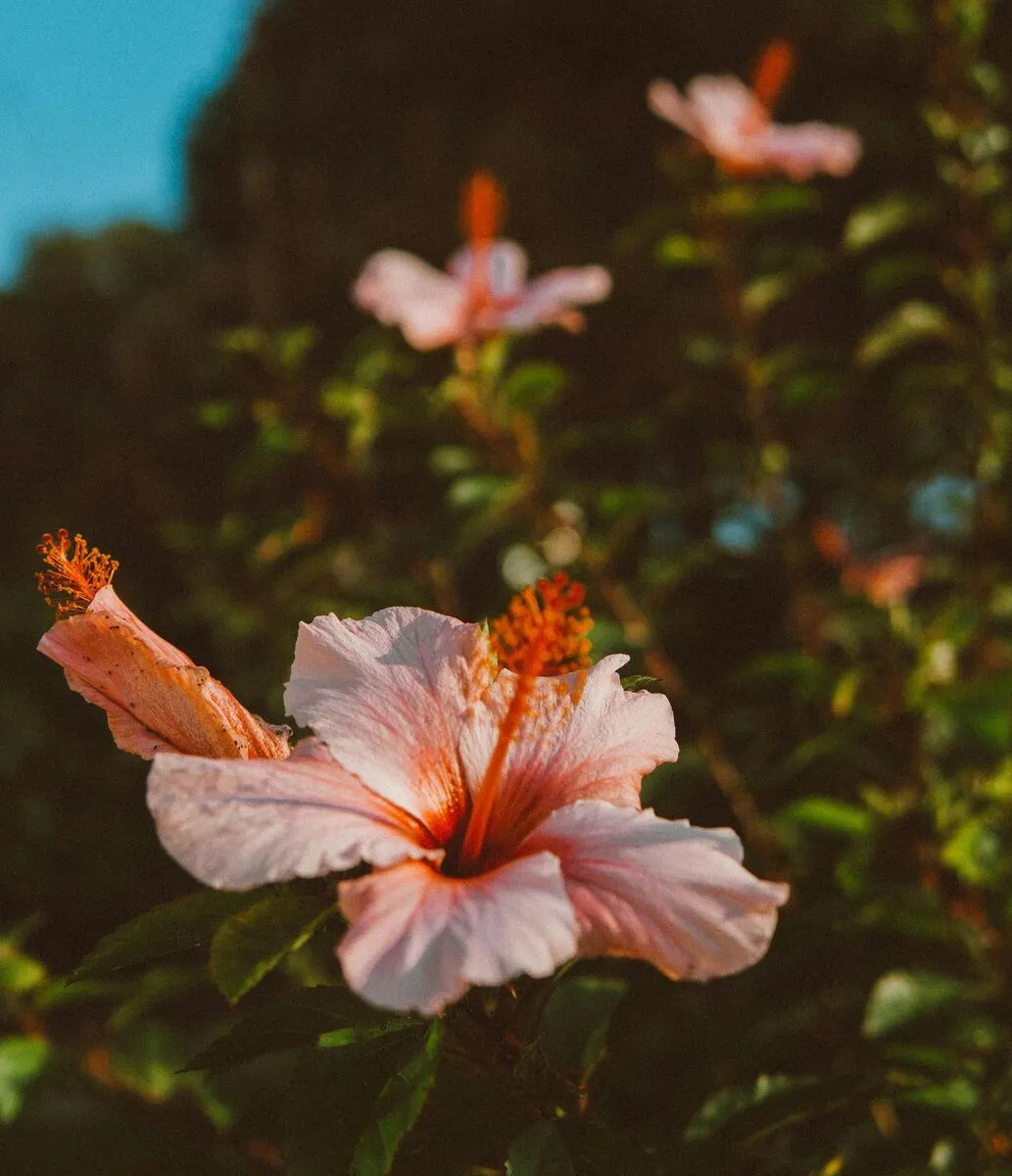
Linked to the point above, that delicious hibiscus tea is also good for you. Hibiscus is loaded with antioxidants, including vitamin C and polyphenols. Traditional medicine has used it for centuries to aid with everything from an upset stomach to high blood pressure.
Some modern studies suggest that hibiscus tea may help lower blood pressure and support heart health. Of course, it’s a refreshing drink, not a miracle cure, so always talk to a doctor about any health concerns.
5. They Are Sun-Worshippers That Need a Drink

Thinking of growing your own? The most important thing to remember is the hibiscus’s tropical origins. These plants need a lot of light to produce their famous blooms. Aim for at least six hours of direct sun, but try to protect them from the most intense, scorching afternoon sun, which can burn the flowers.
They are also thirsty plants, especially during their flowering season from spring through fall. The soil should be kept consistently moist but never waterlogged. Good drainage is key to preventing root rot.
6. Their Flowers Have a Unique Design
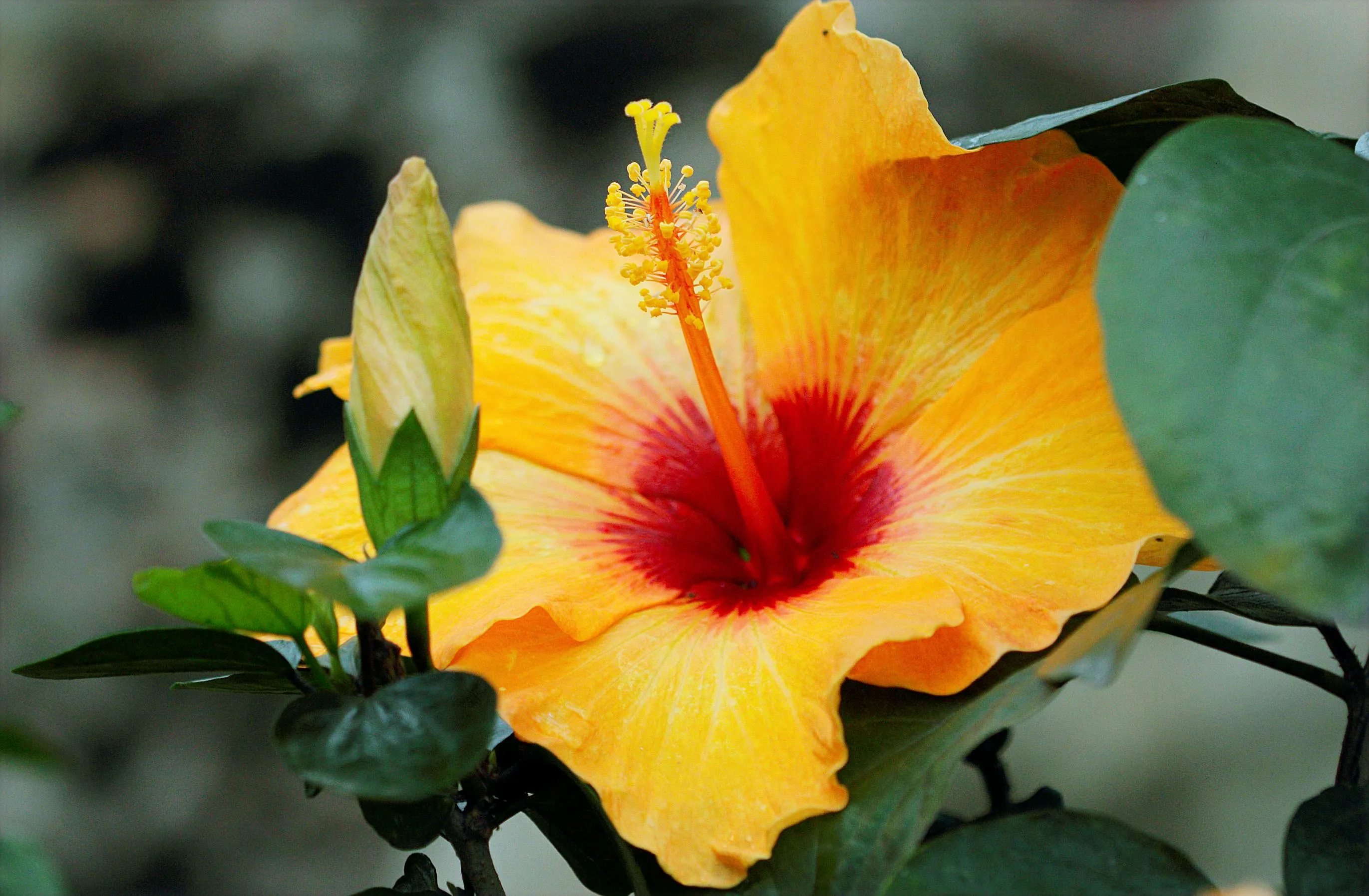
Take a close look at a hibiscus flower. See that long stalk coming out of the center of the hibiscus flower? That’s called a staminal column, and it’s a trademark of the entire Malvaceae family.
This structure is actually all the male parts of the flower (the stamens) fused into a tube around the female part (the style). At the very tip, the style branches out into fuzzy pads (the stigmas) ready to receive pollen. It’s an efficient and beautiful piece of natural engineering.
7. Its Name Has Ancient Greek Roots
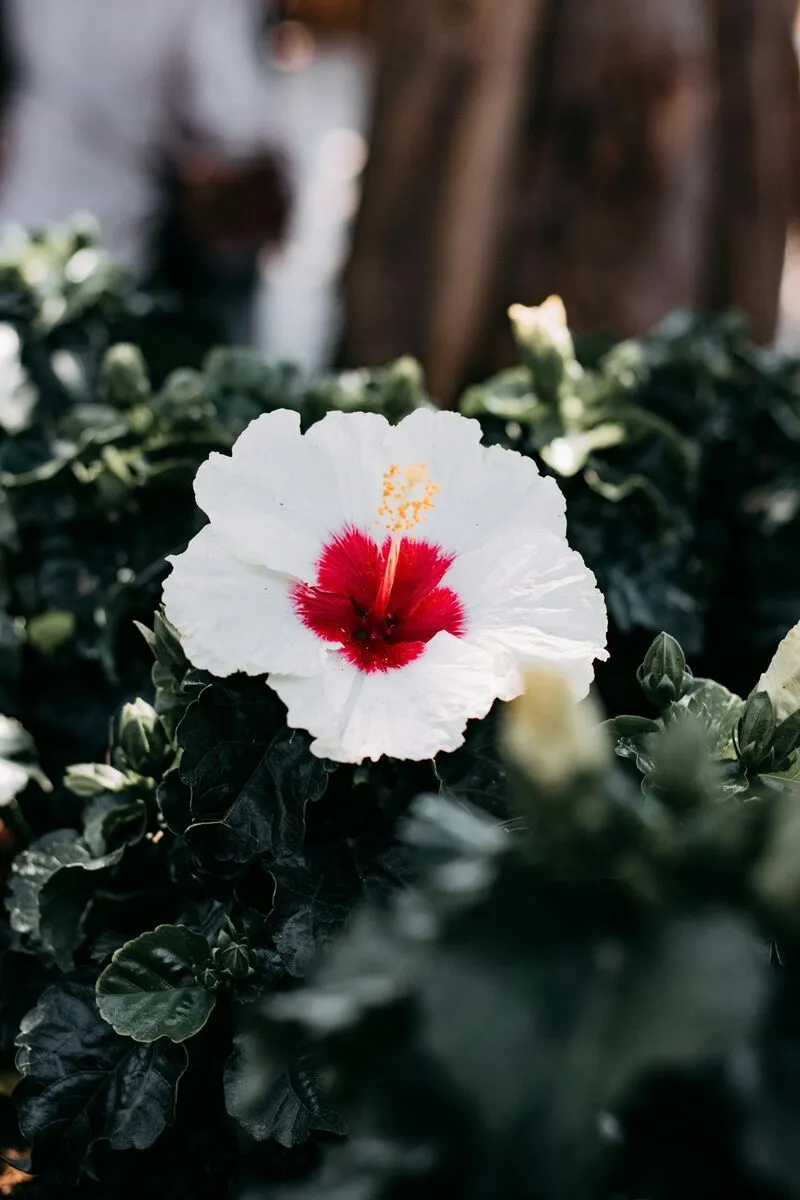
The name “hibiscus” comes from the Greek word hibískos. Interestingly, the name was first recorded by the ancient Greek physician Dioscorides, but he was using it to describe a completely different plant: the marsh mallow (Althaea officinalis), a cousin of the hibiscus we know today. The name was later adopted by botanists for this gorgeous tropical genus.
From your teacup to the state flag of Hawaii, the hibiscus is a plant with a surprisingly rich story. So next time you’re exploring a botanical garden and spot one of these vibrant blooms, you’ll know you’re looking at much more than just a pretty flower.
Related Articles
Continue exploring with these related gardening articles.
